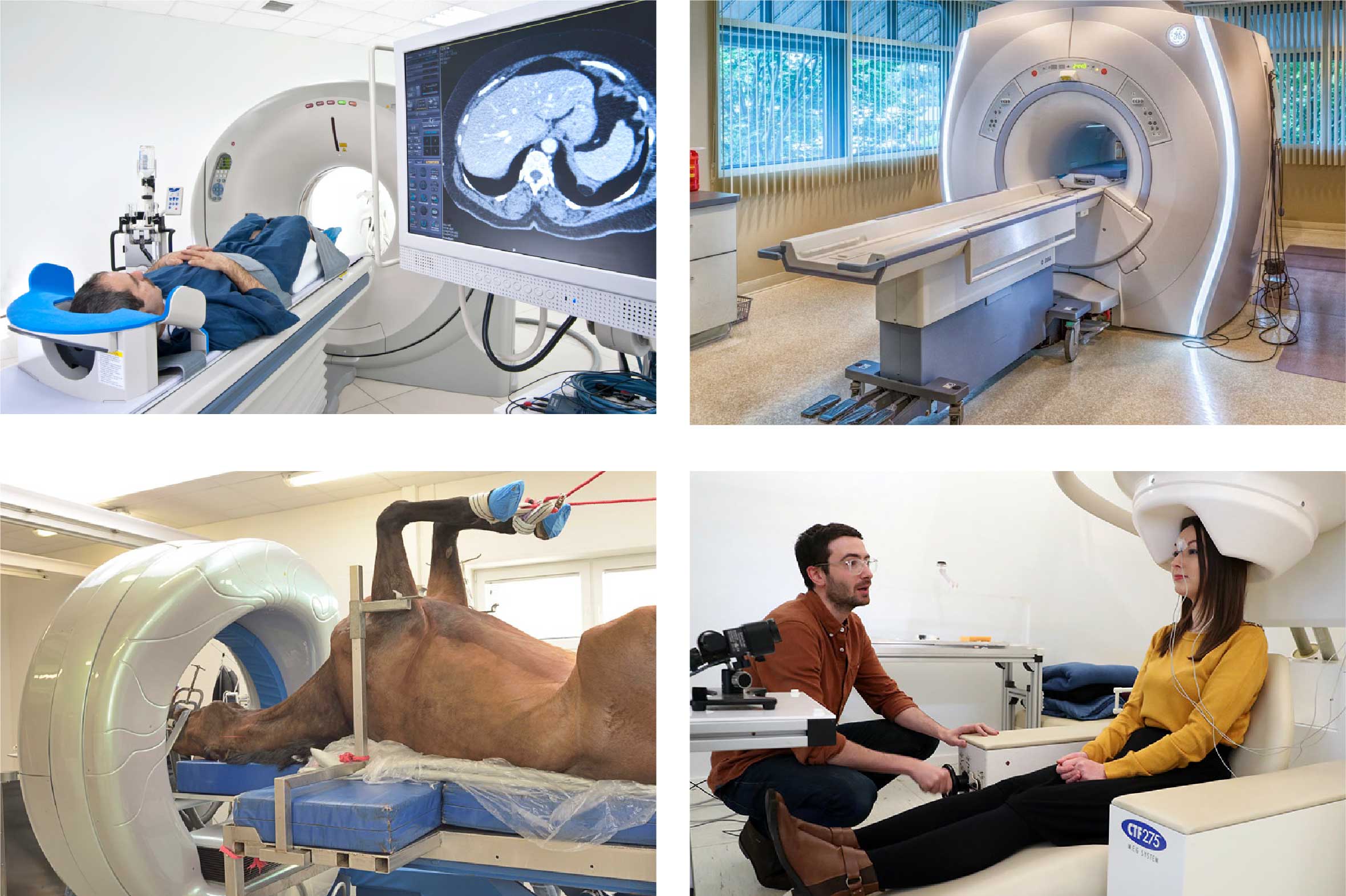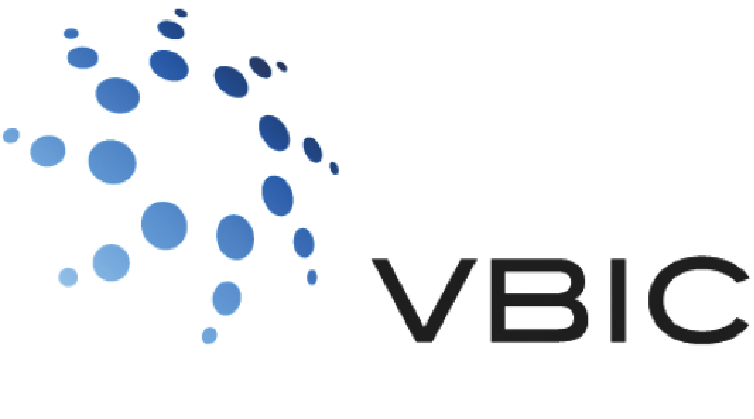The $25M investment by the Victorian State Government and the grant recipients, has provided the Victorian biomedical imaging research community with access to cutting-edge imaging equipment.
The VBIC establishment funding included the acquisition of seven instruments, recruitment of expert personnel, and new courses in biomedical imaging.
This initiative places Victoria as a key medical research location and facilitates collaboration with national and international partners.
Imaging Technologies available to researchers include; Computed Tomography (CT), Magnetic Resonance Imaging (MRI), Positron Emission Tomography (PET), Magnetoencephalography (MEG) and others

VBIC establishment funding included the acquisition of seven new instruments and recruitment of expert personnel
By enhancing our ability to conduct the highest quality of biomedical research, increasing skilled jobs in Victoria and linking these imaging resources across our research institutions, this initiative promotes Victoria as one of the world’s elite medical research locations and facilitates collaboration with national and international partners.

Our Vision ![]()
To become a world leading network dedicated to supporting the biomedical imaging research community.
Our Mission ![]()
To deliver the next generation of discoveries and enhance excellence in biomedical imaging to benefit translational research and to increase Victoria’s global competitiveness in Australia’s priority health areas, through:
![]() Provide access to cutting-edge imaging equipment and world-class experts.
Provide access to cutting-edge imaging equipment and world-class experts.
![]() Promote VBIC to the wider community via presence at national and international conferences;
Promote VBIC to the wider community via presence at national and international conferences;
![]() To develop human capital to support the applications of biomedical imaging modalities; and
To develop human capital to support the applications of biomedical imaging modalities; and
![]() Pursue additional investment in Victoria’s biomedical imaging human and capital infrastructure.
Pursue additional investment in Victoria’s biomedical imaging human and capital infrastructure.
![]() Increasing knowledge by organising workshops and state-wide opportunities for skill development and knowledge transfer;
Increasing knowledge by organising workshops and state-wide opportunities for skill development and knowledge transfer;
![]() Encouraging multidisciplinary collaborations across research institutions to solve complex clinical or disease challenge
Encouraging multidisciplinary collaborations across research institutions to solve complex clinical or disease challenge
![]() Developing capability by linking imaging resources across research institutions;
Developing capability by linking imaging resources across research institutions;
Join our mailing list
Get the latest news about our biomedical imaging research and global competitiveness in priority health areas.
(We will protect your personal information.)


